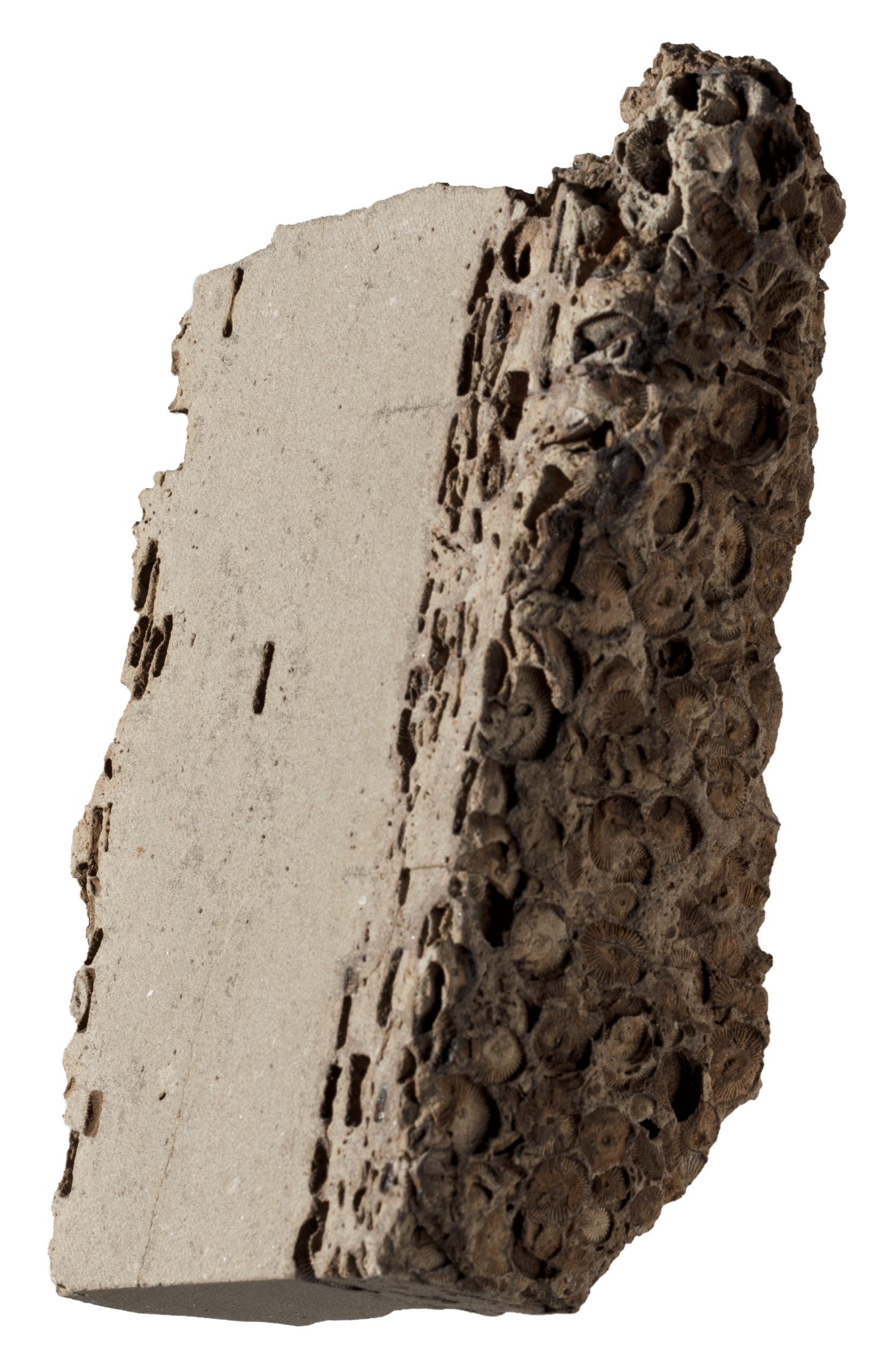
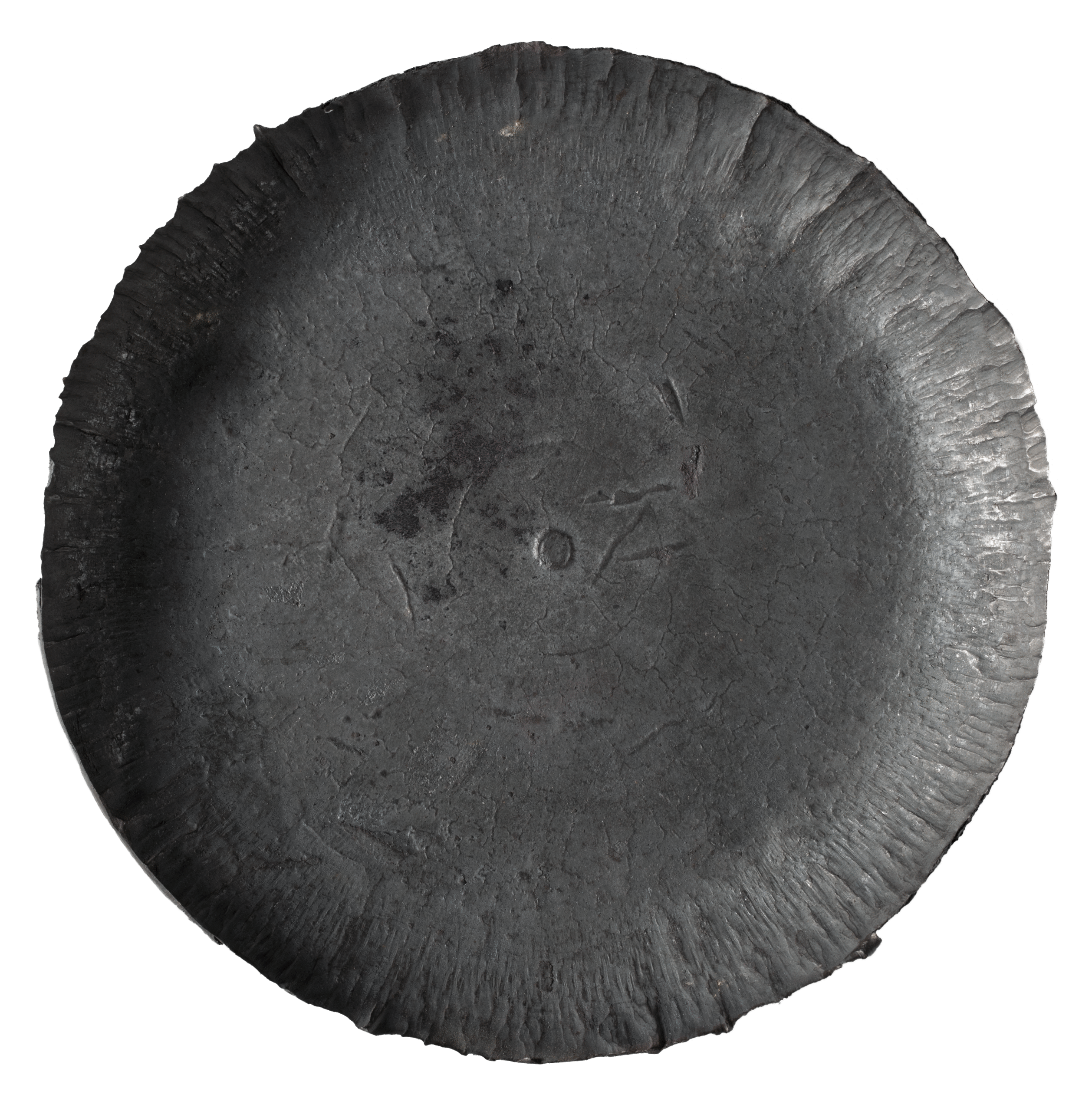
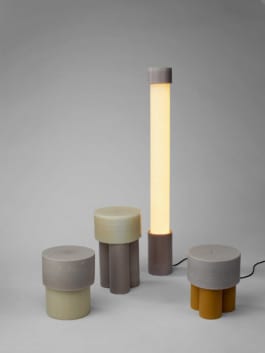
TITLE:
YEAR:
COLLECTION:
MATERIAL:
SIZE:
MANUFACTURER:
COMPANY:
SHOWN:
Wax Series
2019
Heavy Duty 2020
Paraffin wax, bees wax
Various sizes
Self-production
Engels Kerzen
-

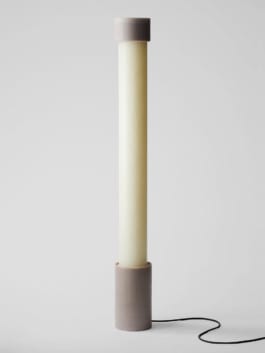
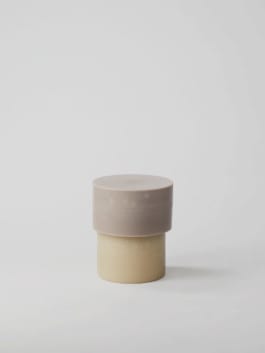



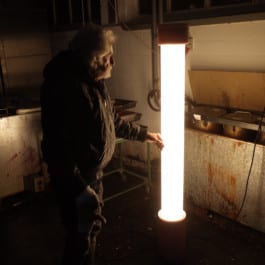




TITLE:
YEAR:
COLLECTION:
MATERIAL:
SIZE:
MANUFACTURER:
COMPANY:
SHOWN:
Wax Series
2019
Heavy Duty 2020
Paraffin wax, bees wax
Various sizes
Self-production
Engels Kerzen
-









